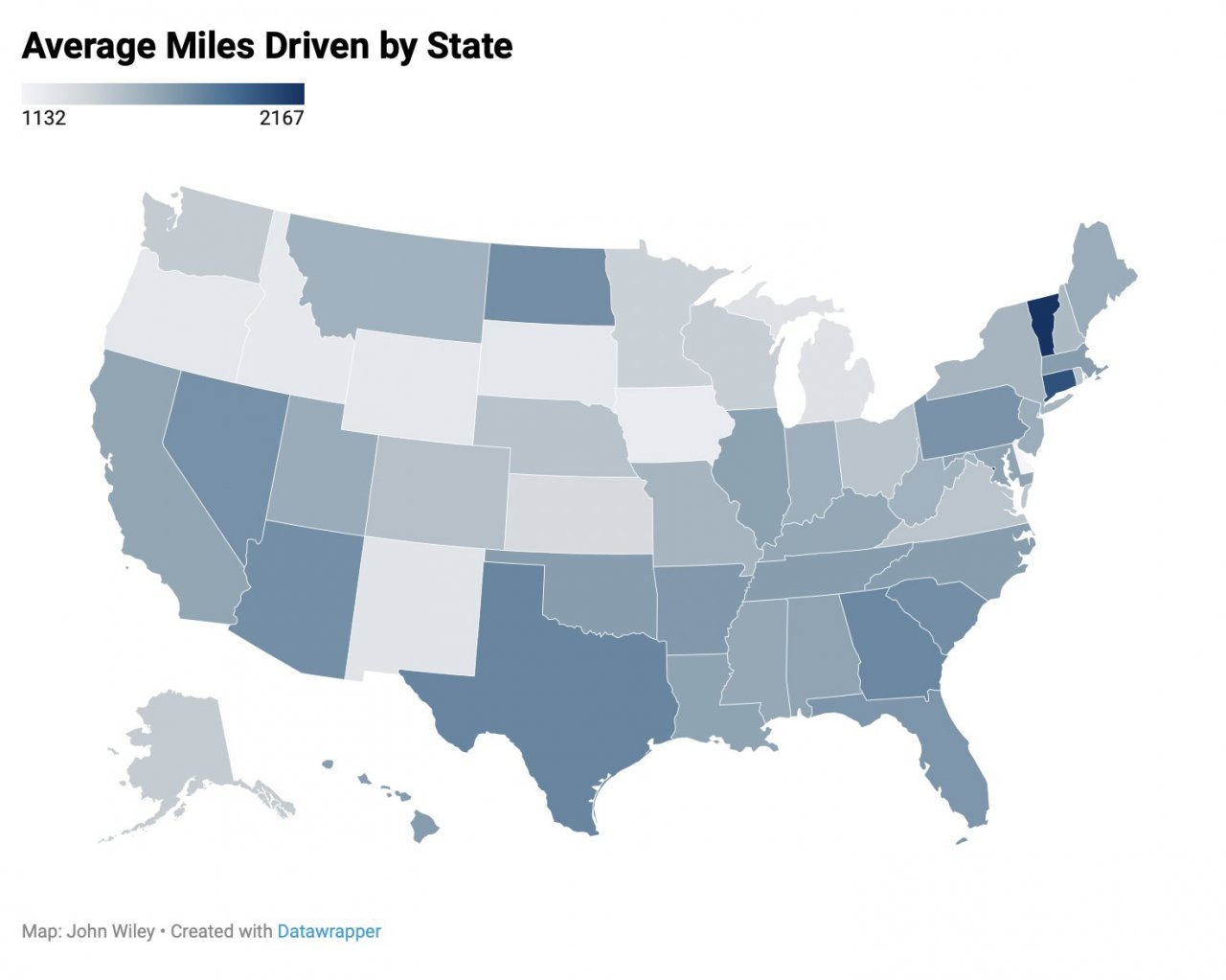How much do you drive your classic or collector car?
As you might expect, companies that insure such vehicles try to keep a very close eye on how far those vehicles are being driven each year.
Hagerty’s manager of valuation analytics, John Wiley, admits his team spends “a lot of time looking at data on how far classic car owners drive.
“Turns out,” he adds, “the people who drive most may not be who you think.”
But, he stops himself, “let’s be clear: We don’t know exactly how many miles classic car owners drive. You needn’t check under your hood for a little Hagerty camera.
“We can, however, get an estimate of how many miles people expect to drive when they call us for a quote on insurance. Those miles may not match what happens in the real world, but in aggregate they provide some insights.”

Having made that point, Wiley continues: “Despite the often-repeated myth that millennials (1981–1996) don’t like to drive, they typically expect to drive (their collector vehicles) over 2,600 miles per year, the second-highest annual total. They are surpassed only by their kid brothers and sisters: Gen-Z (1997–2010) customers plan to drive more than 3,900 miles per year.
“Our quotes reveal a strong negative correlation with age and miles driven of -0.91, effectively indicating that every year older a person gets, they’ll plan to drive fewer miles each year.”
According to statistics he shared, Gen-Z customers average around 3,933 miles a year, more than Millennials (2,645), Gen-X (2,120), Boomers (1,878) or Pre-Boomers (1,563).

In perhaps another surprise, Hagerty researchers discovered that it is not those living in warm climates who put the most miles on their cars. Although figures were close, those in the East typically drive about 1,700 miles each year, with the South just a few miles behind, followed by the West at nearly 1,500 a year and the Midwest with slightly fewer.
While those in the East record the most miles on average, Hagerty says those in Vermont drive the most, but those in Delaware drive the least.
In what may come as a surprise, those living in wide-open spaces may drive the least. Among the lowest-mileage states are those stretching west from Iowa all the way to Oregon.
“As with owners,” Wiley continues, “the age of the vehicle is inversely related to the number of miles on the policy quote. That is, the older the car, the less miles it tends to get driven.”
However, like some people, some vehicle defy their age.
“Some owners of the 1968-1979 Volkswagen Beetles, for instance, expect to drive almost 5,000 miles per year. Another is the 1965-1966 Ford Mustang, where some owners expect to clock over 3,500 miles per year. A similar standout is the 1966-1977 Ford Bronco, where some owners expect to cover over 3,600 miles per year.
“On the other side of the trend line,” he notes, “some owners of 2005-2006 Ford GTs tend to drive their vehicles less than most relative to the newness of the vehicle. Similarly, the 964-generation Porsche 911 (1990-1994) tends not to be driven as much.
“One vehicle that seems to fall right on the age-mile trend is the 996-generation Porsche 911 (1999-2005), which likely reflects its intersection in the middle of affordability, desirability, and usability.”
But wait, there’s more…
“We’d be remiss in not looking at another key factor in how many miles collectors tend to drive: money. As you’d expect, more valuable vehicles tend to get driven less. Looking at just vehicles built between 1960 and 1973, each additional dollar in a value translates into 34 fewer miles driven.”
Thus cars valued at around $20,000 tend to be driven more than 2,300 miles a year, Hagerty notes, while those valued at more than $100,000 are driven only around 1,300 miles annually.






Another factor not mentioned is the number of cars owned. I have several (all insured with Hagerty) and because I cannot drive them all at once, need to “rotate stock” in an effort to make sure each one gets the exercise it needs. I hope and assume this is factored into my rates when I add another vehicle to the collection.